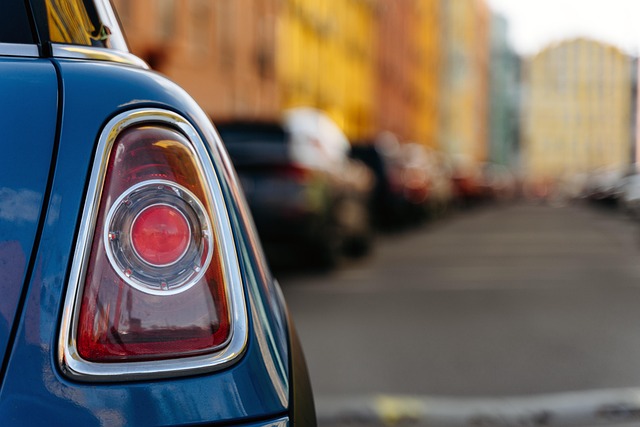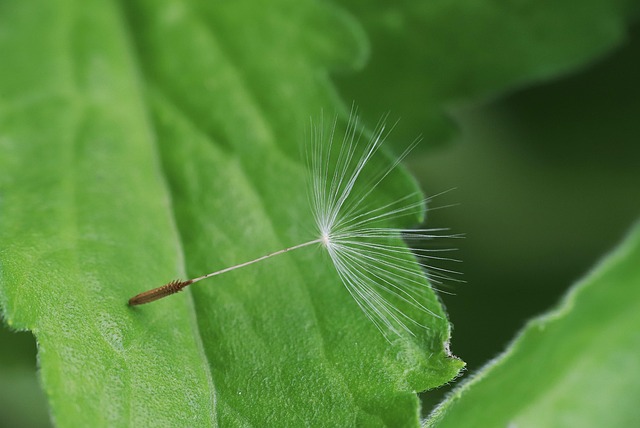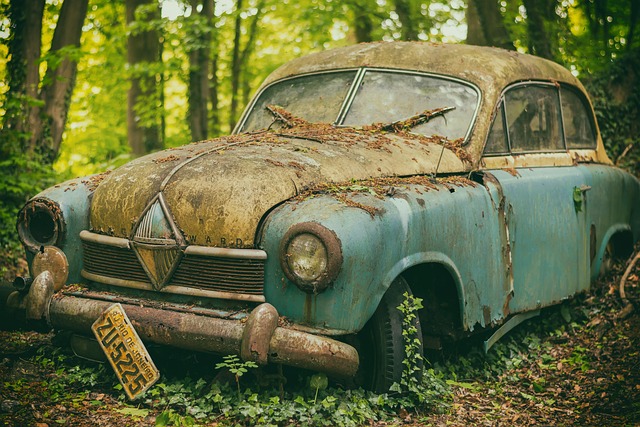Unmasking Quality Collision Repair: Spotting Poor vs Excellent Service
Poor vehicle repairs can compromise both your car's appearance and safety. To avoid this, choos…….
Welcome to an in-depth exploration of the world of quality collision repair, a critical aspect of the automotive industry that has evolved into an art form. This article aims to guide readers through the intricate process, highlighting its significance, global impact, and the many facets that contribute to its success or challenges. From ensuring vehicle safety to fostering economic growth, collision repair plays a pivotal role in our daily lives. By the end, you’ll gain a comprehensive understanding of this dynamic field and its potential for future innovation.
Definition: Quality collision repair is a specialized process that involves restoring damaged vehicles to their pre-accident condition, focusing on safety, aesthetics, and functionality. It encompasses not only fixing physical damage but also ensuring the vehicle meets or exceeds original manufacturing standards in terms of performance and reliability.
Core Components:
Safety Inspection: The initial step involves a thorough inspection to identify structural integrity issues and ensure the vehicle is safe for operation after repair. Advanced diagnostic tools and computer-aided design (CAD) software assist technicians in pinpointing problem areas.
Damage Assessment and Planning: Skilled technicians assess every inch of the damaged area, creating a detailed plan for repairs. This meticulous process involves measuring, estimating costs, and selecting appropriate materials and techniques.
Material Selection and Replacement: High-quality parts are chosen to match the original vehicle specifications. Original Equipment Manufacturer (OEM) parts, aftermarket, or refurbished options are selected based on cost, availability, and quality, ensuring long-lasting repairs.
Repair Techniques: Collision repair encompasses a wide range of techniques, including painting, body panel replacement, mechanical repairs, and electronic system recalibration. Modern advancements like robotic welding and computer-controlled paint systems enhance precision and efficiency.
Finishing Touches: The final stage involves meticulous finishing work, including polishing, detailing, and quality checks to ensure a perfect finish inside and out.
Historical Context:
Collision repair has evolved significantly since its early beginnings. Historically, repairs were often makeshift, with limited tools and techniques. However, advancements in technology, safety standards, and consumer expectations have transformed the industry. The 1970s saw the introduction of computer-aided design for body panel alignment, revolutionizing precision. Today, advanced robotic systems, high-tech paints, and sophisticated diagnostic tools further elevate the standard of quality collision repair.
Quality collision repair has left an indelible mark on the global automotive landscape. Its influence is evident across diverse regions, each with unique challenges and opportunities:
| Region | Key Trends | Challenges |
|---|---|---|
| North America | Increasing adoption of advanced paint technologies, such as robotic spray painting and water-based paints for better environmental outcomes. | High labor costs and the need for specialized training to keep up with technological advancements. |
| Europe | Strict environmental regulations driving the use of eco-friendly materials and repair methods. | Limited availability of authentic OEM parts due to regional production disparities. |
| Asia Pacific | Rapid growth in the automotive industry, particularly in China, drives demand for collision repair services. | Inadequate infrastructure and training programs in some regions hinder consistent quality standards. |
| Latin America | Rising middle-class income levels lead to higher vehicle ownership and more complex accident cases. | Limited access to modern diagnostic tools and a need for standardized training protocols. |
The global collision repair market, valued at USD 384 billion in 2021, is projected to grow at a CAGR of 5.2% from 2022 to 2030 (Source: Grand View Research). This growth is primarily attributed to the increasing number of vehicles on the road, rising accident rates, and growing consumer demand for efficient and safe repairs.
Collision repair facilities require significant upfront investment in equipment, training, and facilities. According to a 2022 survey by the National Association of Auto Dealers (NAAD), average spending per shop on technology upgrades was estimated at USD 50,000, with many shops investing in robotic systems, advanced paintbooths, and diagnostic tools.
Quality collision repair contributes substantially to economic growth:
The realm of collision repair has seen a surge in technological innovations, pushing the boundaries of what’s possible:
Key policies and regulations shape the collision repair industry, ensuring consumer safety, environmental protection, and ethical practices:
Despite its many achievements, the collision repair industry faces several challenges that demand attention:
Proposed Solutions:
Location: Tokyo, Japan
Challenge: A small, family-run repair shop aimed to modernize its operations while adopting eco-friendly practices.
Solution: They invested in energy-efficient equipment, adopted water-based paints, and implemented a rigorous training program focused on sustainable repair methods.
Outcome: The shop saw a 20% increase in customer satisfaction ratings and became a local champion for environmental stewardship, attracting a new generation of environmentally conscious customers.
Region: North America
Problem: A major collision repair chain faced delays due to outdated diagnostic tools and inefficient communication with insurance providers.
Strategy: They upgraded their diagnostic systems, implemented a digital communication platform for insurers, and provided continuous training on new technologies for technicians.
Result: Lead times were reduced by 15%, customer wait times decreased by 20%, and overall customer satisfaction scores increased significantly.
Setting: A bustling metropolis in South America
Mission: To provide affordable, high-quality repairs to underserved communities.
Approach: The initiative partnered with local schools to offer vocational training programs, sourced affordable parts from local suppliers, and offered sliding scale pricing based on income.
Impact: They repaired over 1000 vehicles, created jobs, and significantly reduced the financial burden on low-income families.
The collision repair industry stands at the forefront of automotive innovation, poised for significant growth and transformation:
Quality collision repair is not merely a service; it’s a critical component of our modern, mobile society. From ensuring vehicle safety to fostering economic growth, its impact is far-reaching. As technology advances and consumer expectations evolve, the industry must adapt, innovate, and embrace best practices. By addressing challenges head-on, adopting sustainable practices, and investing in skilled professionals, collision repair can continue to redefine itself while delivering exceptional service worldwide.
Q: How do I know if a collision repair shop is using quality materials?
A: Reputable shops should use OEM or certified aftermarket parts. Ask for warranty information and check for certifications from part manufacturers.
Q: Are there ways to reduce the cost of repairs without compromising quality?
A: Absolutely! Shop around, get multiple estimates, and consider repair vs. replacement. For complex cases, understanding the repairs involved can help you make informed decisions.
Q: What should I do if my insurance company approves a lower-quality repair?
A: Contact your insurer and explain your concerns. If needed, seek a second opinion from another reputable shop. Ensure all approvals are in writing for future reference.
Q: How can collision repair shops become more environmentally friendly?
A: They can adopt eco-friendly materials, implement proper fluid disposal systems, use energy-efficient equipment, and source parts from sustainable suppliers. Incentives and certifications can also promote green practices.

To ensure quality collision repair, choose shops adhering to manufacturer guidelines using original…….

Frame alignment is a critical aspect of quality collision repair, focusing on restoring vehicles…….

Quality collision repair goes beyond cosmetic restoration, focusing on structural integrity and long…….

Customer reviews are crucial for evaluating the quality of collision repair services, offering insig…….

Quality collision repair meets industry standards through precise dent removal, meticulous paint mat…….

Insurers prioritize quality collision repair for financial stability and customer satisfaction. Repu…….

Post-service vehicle inspections are a critical component of quality collision repair, ensuring ever…….